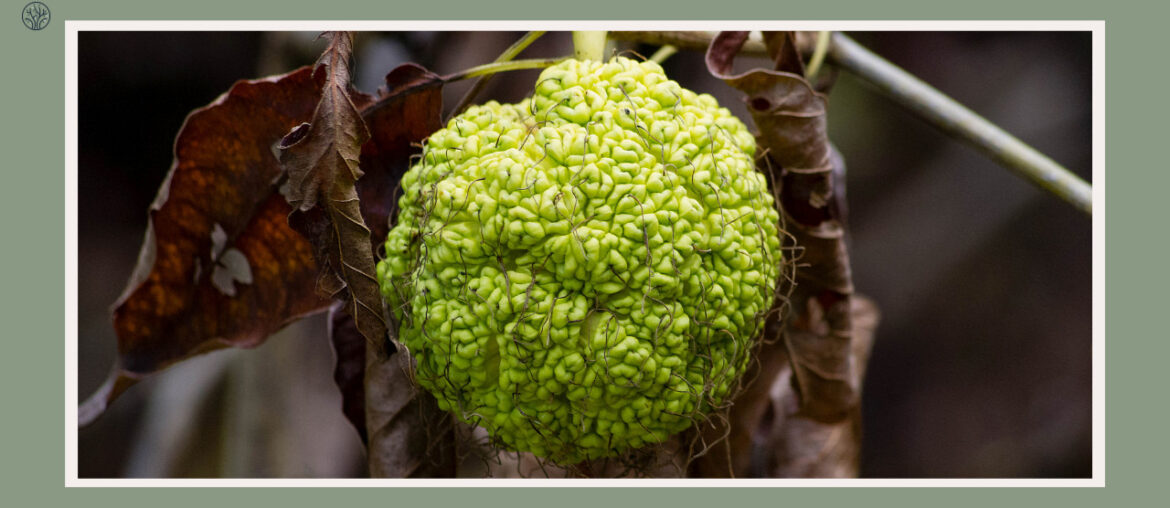There are trees that have no leaves, and trees that have heart-shaped leaves. There are also trees that bear colorful fruits, and trees that grow green balls. Have you ever wondered what they are?
In this article, we will explore some of the most common and interesting types of trees with green balls, their features, uses, and benefits. We will also answer some frequently asked questions about these trees and their green balls.
1. Osage Orange Tree
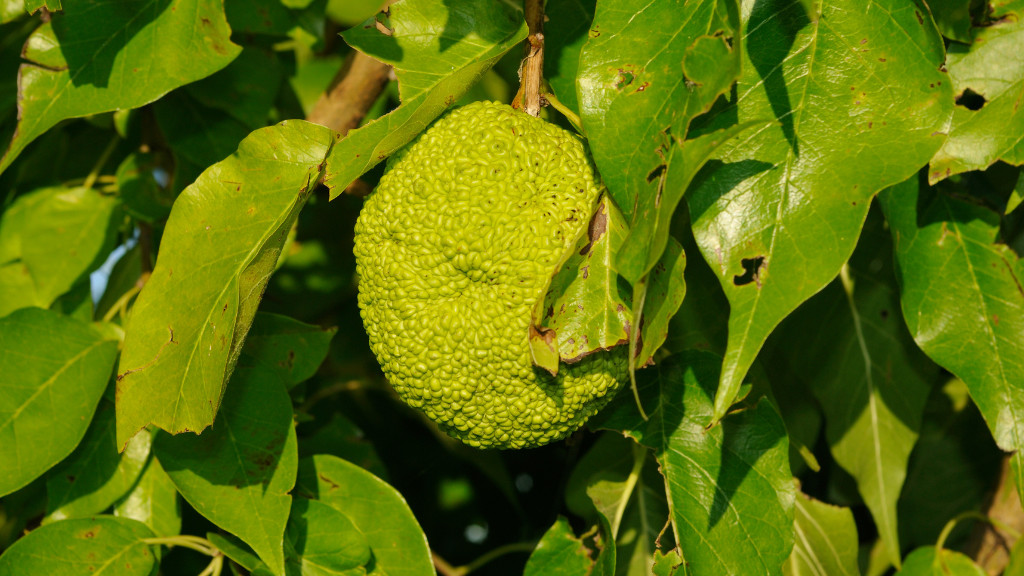
Growing Season: Spring, Summer, Fall
Leaf Shape: Alternate, Simple
Special Needs: Open sunny location, Moist soil
Common Pests: Borers
Osage Oranges, native to the central United States, symbolize strength and resilience. This tree is renowned for its bright green balls, which are actually a type of fruit. These waxy-textured balls mature in late fall though are not edible, still a sight to behold. The wood of the Osage Orange Tree is distinctively yellow and is often used in furniture making.
2. Oak Tree

Growing Season: Spring
Leaf Shape: Spiral, Serrated
Special Needs: Partial sunlight or complete shade, Sandy-rich soil
Common Pests: Caterpillars, Leafrollers, Leafminers
Oak trees are a symbol of endurance and are native to various parts of the world, including Europe, Africa, and the United States. These deciduous trees are easily recognizable by their lobed leaves and grey bark. Though they do not have pink leaves like Staghorn, what catches the eye are their small green balls known as acorns. These acorns are a vital food source for numerous wildlife species.
3. Chestnut Tree
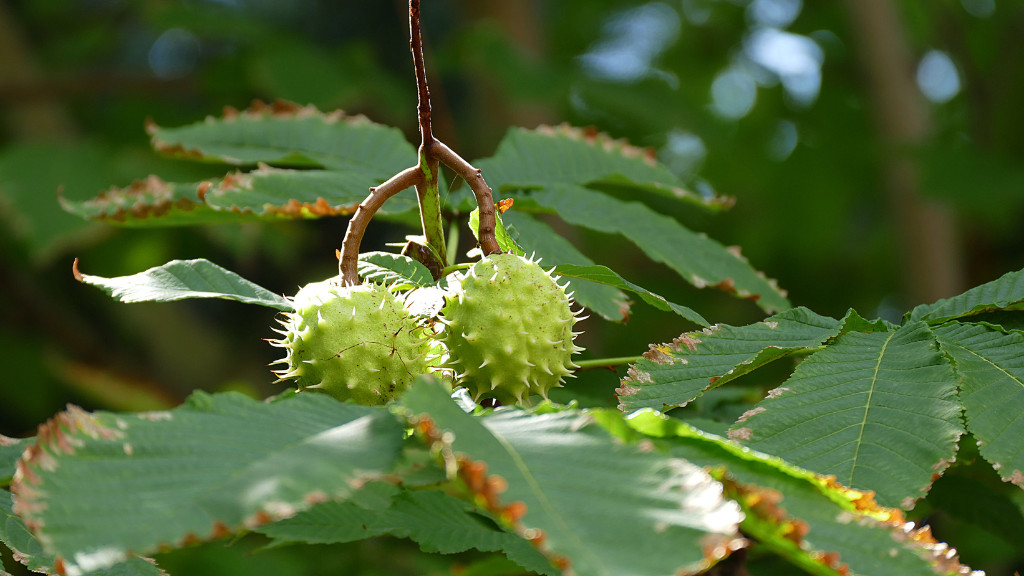
Growing Season: Late Spring to Early Fall
Leaf Shape: Oblong, Toothed Edges
Special Needs: Well-drained soil, Full sun to partial shade
Common Pests: Gall wasps, Chestnut weevils
The Chestnut Tree is a deciduous tree known for its towering height and broad canopy. It produces green balls covered in spiky, needle-like protrusions. Just like persimmon trees, these green balls eventually open up to reveal shiny, edible chestnuts. The tree is not only a visual delight but also offers a bounty of chestnuts that are a favorite for squirrels.
4. Sycamore Tree
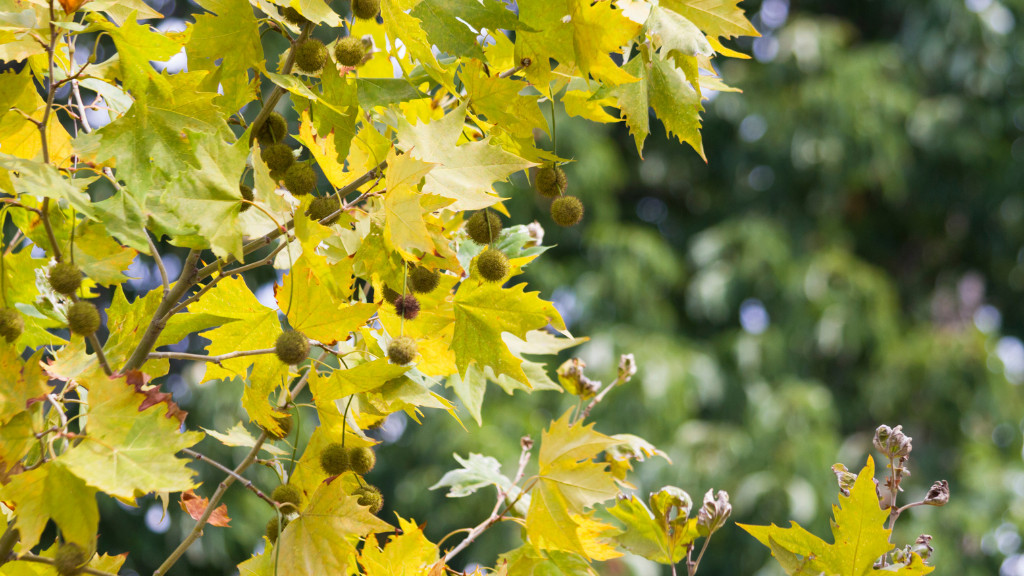
Growing Season: Spring and Summer
Leaf Shape: Lobed, resembling a maple leaf
Special Needs: Moist, well-drained soil, Full sun
Common Pests: Aphids, Powdery mildew
The Sycamore Tree is a robust, fast-growing tree that thrives in a variety of soil types. It’s easily recognizable by its mottled, exfoliating bark and large, hand-shaped leaves. The tree produces green balls that hang from its branches like ornaments. These balls eventually dry out and release seeds that are carried away by the wind.
5. Walnut Tree
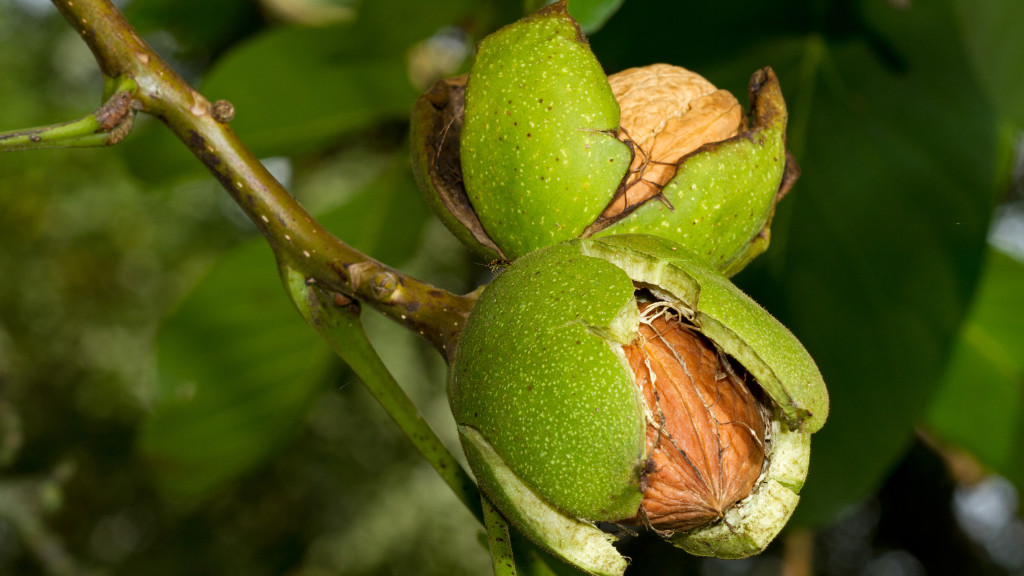
Growing Season: Late Spring to Early Fall
Leaf Shape: Pinnately compound
Special Needs: Deep, well-drained loamy soil, Full sun
Common Pests: Walnut husk flies, Aphids
The Walnut Tree is a majestic tree known for its valuable timber and edible nuts. It produces green balls that are actually its fruits, covered in a green husk. These husks contain walnuts, which are a rich source of nutrients. They are also squirrel’s great choice. However, the tree’s roots release a toxin that may inhibit the growth of certain other plants, so placement is key.
6. Maple Tree
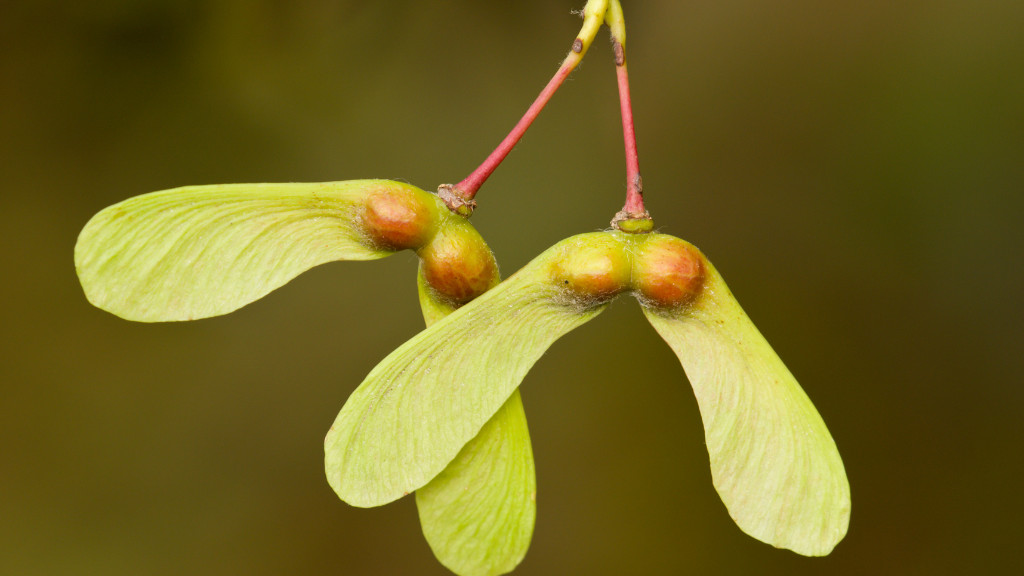
Growing Season: Spring and Fall
Leaf Shape: Palmate, with 3 to 9 pointed lobes
Special Needs: Well-drained soil, Full to partial sun
Common Pests: Aphids, Scale insects
The Maple Tree is a versatile species that thrives in a variety of climates and soil types. Known for its stunning fall foliage, this tree also produces small green balls that are actually winged seeds, commonly known as “helicopters” for how they spiral down to the ground. These seeds are a crucial food source for various wildlife and also make for a fascinating natural phenomenon to observe.
7. American Holly Tree
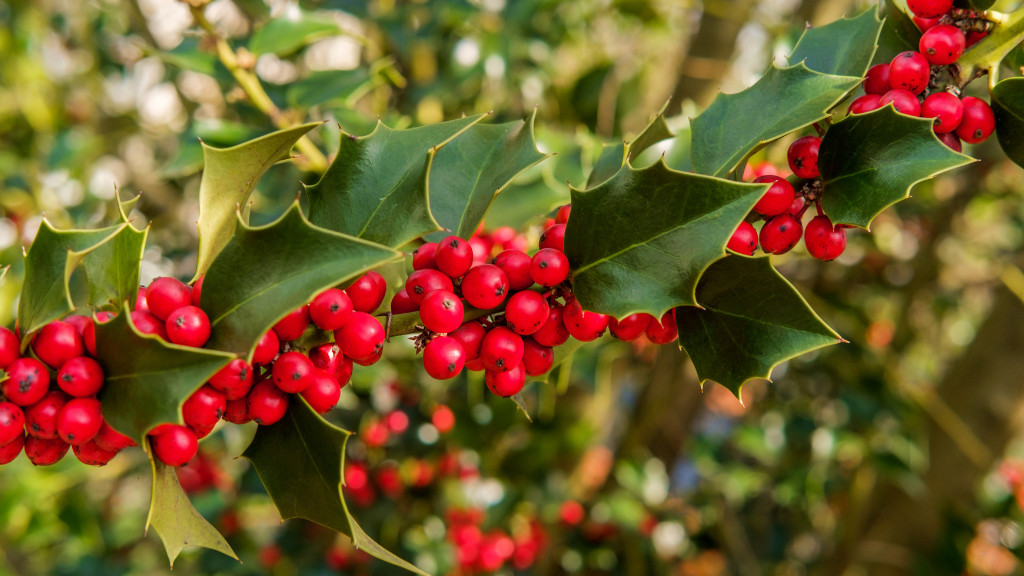
Growing Season: Spring
Leaf Shape: Evergreen, spiny margins
Special Needs: Acidic, well-drained soil, Partial shade to full sun
Common Pests: Leaf miners, Spider mites
The American Holly Tree is an evergreen species that adds a splash of color to your garden year-round. It produces green balls that are actually berries, turning a vibrant red as they mature. These berries are a favorite among birds and add a festive touch during the holiday season. The tree’s glossy, spiky leaves are another distinctive feature.
8. Southern Magnolia Tree
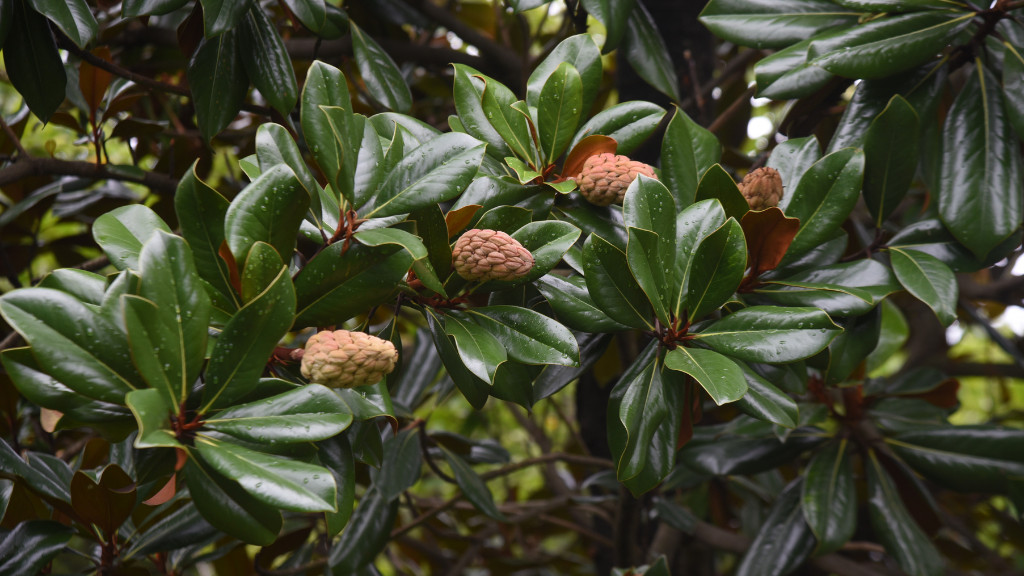
Growing Season: Late Spring to Early Summer
Leaf Shape: Evergreen, oblong
Special Needs: Moist, acidic soil, Full sun to partial shade
Common Pests: Scale insects, Magnolia weevils
The Southern Magnolia Tree is an iconic symbol of the American South, known for its large, fragrant white flowers. It produces green, spherical fruiting cones that add a unique texture to the tree’s appearance. These cones eventually split open to reveal bright red seeds, which are often consumed by wildlife. The tree’s glossy, evergreen leaves make it a popular choice for both ornamental and practical landscaping.
Unique Characteristics of Trees with Green Balls
While trees with green balls share the common feature of producing spherical green growths, they are far from monolithic. Each tree has its own set of unique characteristics that make it stand out.
Trees with green balls that turn black
Some trees, like the Walnut Tree, have green balls that eventually turn black as they mature. This transformation is not just a visual spectacle but also signals the ripening of the fruit inside. In the case of the Walnut Tree, the blackened husk indicates that the walnut inside is ready for harvest. This color change serves as a natural indicator for gardeners and wildlife alike, signaling that it’s time to collect the bounty.
Trees with green balls in summer
Certain trees, such as the Sycamore and Maple, produce their green balls primarily in the summer months. These trees take advantage of the warm weather and longer daylight hours to maximize their growth. The green balls, which contain seeds, are then dispersed in late summer or early fall, taking advantage of the wind currents. This seasonal timing ensures a higher likelihood of seed germination and successful propagation.
What are the green balls on leaves?
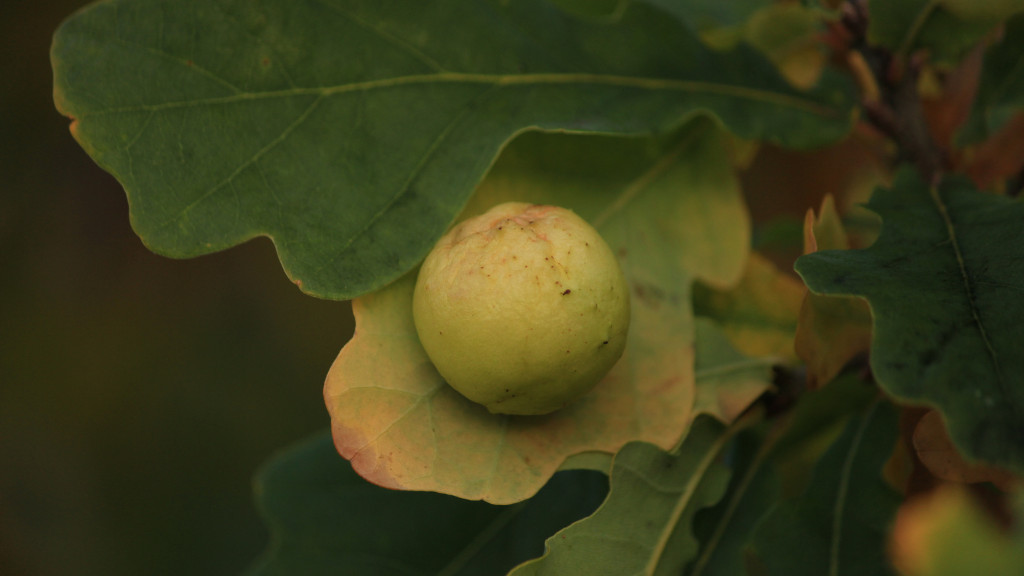
While most trees produce green balls that hang from their branches, some trees like the Oak Tree have green balls that actually grow on the leaves. These are commonly known as leaf galls and are usually caused by insects laying eggs on the leaves. Though they may look peculiar, leaf galls are generally harmless.
FAQs
What Tree Produces Green Balls?
Many tree species produce green balls, each with its unique characteristics. Some well-known trees that produce green balls include:
- Osage Orange Tree: The Osage Orange tree, with its distinctive waxy green balls, is native to the central United States. These small green orbs mature in late fall and are a symbol of strength and resilience.
- Oak Tree: Oak trees are recognized for their lobed leaves and the production of small green balls known as acorns, which serve as a food source for various wildlife species.
- Chestnut Tree: Chestnut trees offer fragrant yellow-green flowers during early spring, later developing green spiky balls containing shiny brown chestnut seeds.
- Sycamore Tree: Sycamore trees feature large green balls, formally known as ascospores, on their branches and stems, contributing to the dispersal of pollen grains.
- Walnut Tree: Walnut trees are celebrated for their large and striking leaves and clusters of small green balls or drupes, which ripen in the fall.
- Maple Tree: Maple trees produce small green balls known as “keys” that hang on their branches, eventually transforming into samara fruit or maple seeds.
- American Holly Tree: The American Holly Tree, native to eastern North America, is known for its white flowers and little green balls that persist among its glossy, dark green leaves.
- Southern Magnolia Tree: Southern Magnolia trees produce fragrant white flowers and showy, little green balls that ripen during late summer.
What Tree Grows Green Balls?
The term “grows green balls” can refer to different phenomena, such as fruiting, gall formation, or budding. For instance, the Osage Orange Tree grows green balls that are actually a type of fruit. On the other hand, Oak Trees can grow green balls known as galls on their leaves, usually due to insect activity. The Walnut Tree grows green balls that are husks containing the edible walnut inside. So, various trees can grow green balls, each with its own set of characteristics and growing conditions.
Can You Eat The Green Balls On Trees?
While many trees produce green balls, it’s important to note that not all of them are suitable for consumption. The edibility of green balls on trees varies depending on the tree species. Here’s a general guideline:
Edible Green Balls:
- Chestnut Trees: Chestnut trees produce green spiky balls containing edible chestnuts. These nuts are a popular ingredient in various culinary dishes and can be roasted, boiled, or used in both sweet and savory recipes.
- Walnut Trees: Walnut trees produce green balls that eventually ripen into walnuts. While the nuts inside are edible and highly nutritious, the green outer husk is typically discarded. It’s important to properly prepare and process walnuts before consumption.
Inedible Green Balls:
- Osage Orange Trees: The green balls produced by Osage Orange trees are not edible. They are primarily used for ornamental purposes or as natural decorations.
- Oaktree: The green balls are acorns, which are edible for some animals, but not for humans unless they are processed. They contain tannins, which are toxic and can cause kidney damage.
Trees like sycamore, maple, American Holly, and Southern Magnolia produce green balls that are not intended for human consumption. These green balls often serve other purposes, such as providing food for wildlife or adding aesthetic value to the tree.

